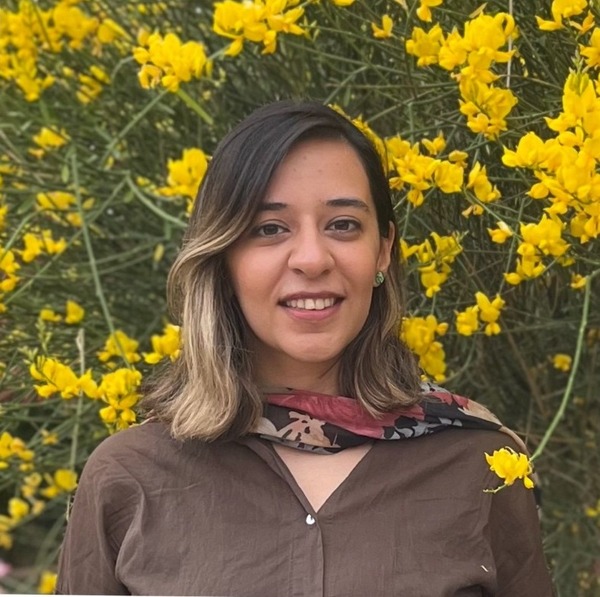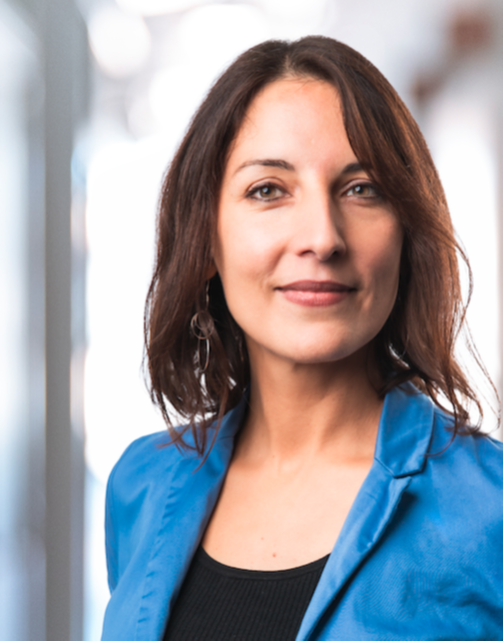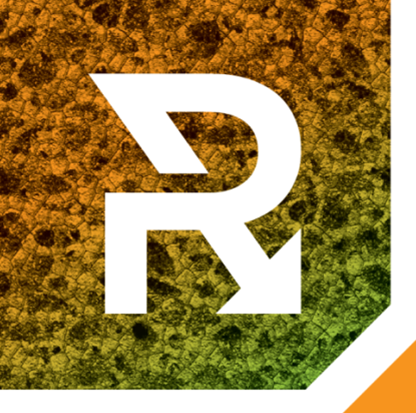Osnabrueck University (UOS)
Osnabrueck, Germany
Project description
Spiny mice (Acomys) regenerate their skin, including hair follicles, and composite tissues containing cartilage, muscles and nerves, in a scar-free manner. In this project, we will identify and characterize novel gene functions that occurred as part of genomic innovations in spiny mice. We will use spatial transcriptomics and single-cell sequencing datasets in a comparative approach with spiny mice and their non-regenerating relatives, house mice (Mus) and gerbils (Meriones), to identify Acomys-specific gene expression patterns activated upon injury. The ultimate aim of the project is to find ways to activate regenerative traits in normally scarring/fibrotic injury models, such as mouse and human skin.
Doctoral Candidate
Vista Tirandazi
Hello, my name is Vista Tirandazi, and I am from Iran. I graduated with a Bachelor’s degree in Molecular Genetics from Azad University, Iran, in 2017. Then I completed my Master’s at the Royan Institute and University of Science and Culture in Molecular Genetics, Iran, in 2021. My Master’s project focused on “Developing assays for the evaluation of chemical and natural products for suppressing premature termination codons mutations (PTCs)”.
Immediately after that, in 2021, I had the opportunity to start my professional work at ReNAP company as a researcher on “Epidermolysis Bullosa Gene Therapy of Laminin332 and Collagen XVII.” This project led me to explore the potential of molecular genetics for curing genetic diseases. Consequently, I became passionate about regenerative medicine.
Finally, in March 2024, I joined Kerstin Bartscherer’s lab at Osnabrueck University. There, I aim to investigate molecular interactions between different cell types, such as immune cells and fibroblasts, in spiny mouse skin regeneration.
Outside the lab, I enjoy practicing yoga, cooking, reading, and painting. I am keen to explore the world through travel, as I believe that life is more than just work.

Principal Investigator
Kerstin Bartscherer, PhD
Professor of Animal Physiology at the Faculty for Biology/Chemistry, Osnabrueck University (https://www.biologie.uni-osnabrueck.de/en/biology.html), Germany
Previous positions at the Hubrecht Institute for Developmental Biology and Stem Cell Research (https://www.hubrecht.eu/), Utrecht, The Netherlands, and the Max Planck Institute for Molecular Biomedicine (https://www.mpi-muenster.mpg.de/2377/en), Muenster, Germany.
Email: kerstin.bartscherer(at)uni-osnabrueck.de

Research in the Bartscherer lab
Research in the Bartscherer lab is focused on skin regeneration and heart repair, using spiny mice (Acomys) as a new model organism. We also work with planarians to understand principles of stem cell-based regeneration.
Visit the group homepage: https://www.biologie.uni-osnabrueck.de/en/research/research_groups/animal_physiology/prof_kerstin_bartscherer.html
Our group is also part of CellNanOs (https://www.cellnanos.uni-osnabrueck.de/en/home.html) and has access to its fantastic state-of-the Art imaging facilities (https://www.ibios.uni-osnabrueck.de/)
